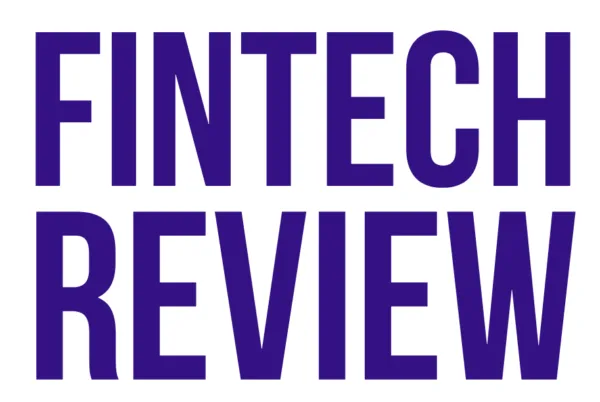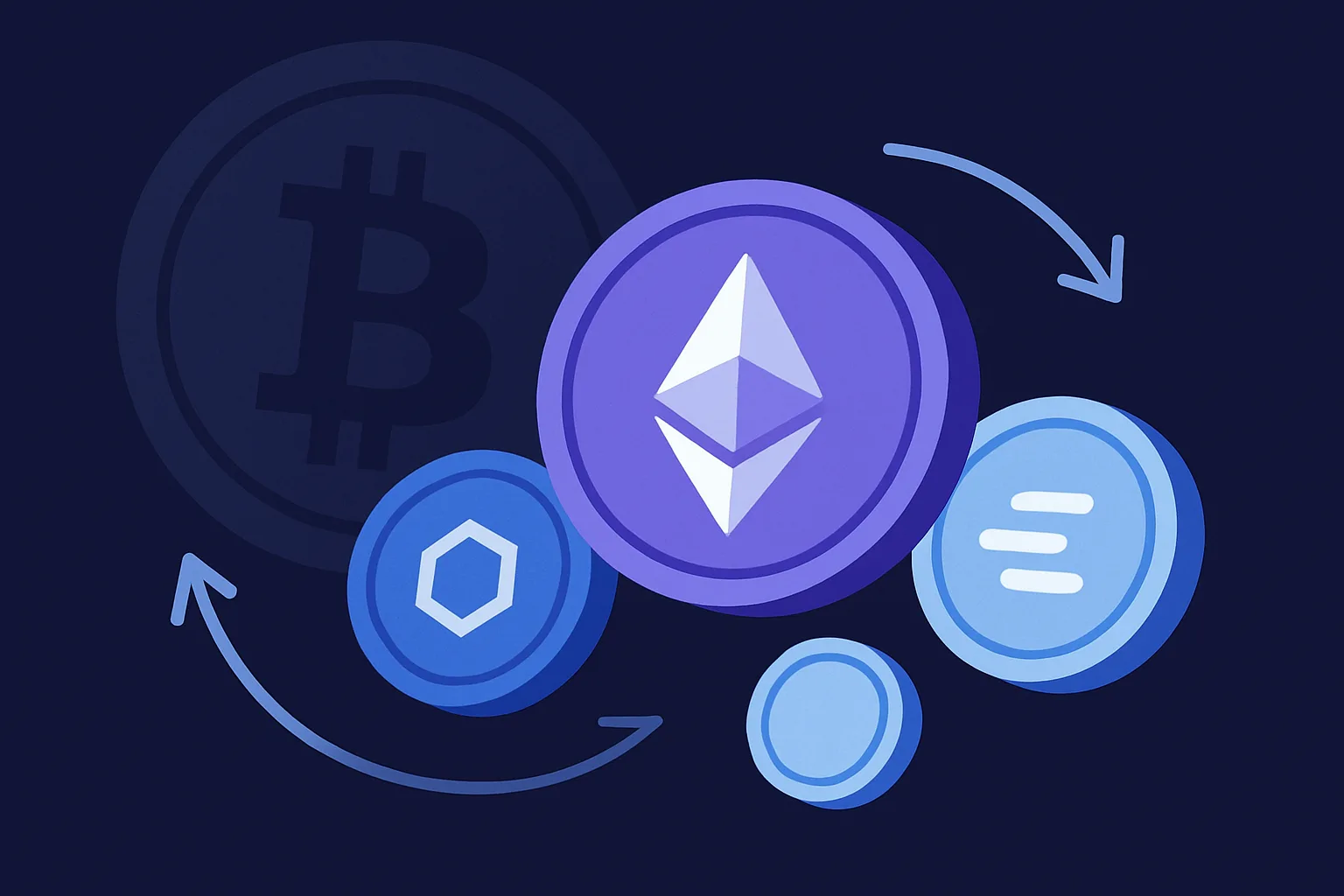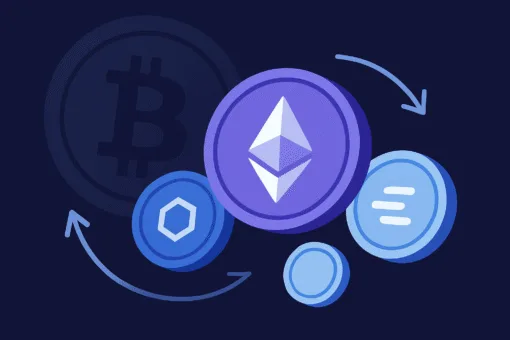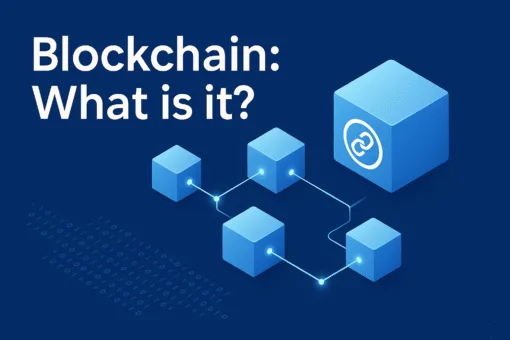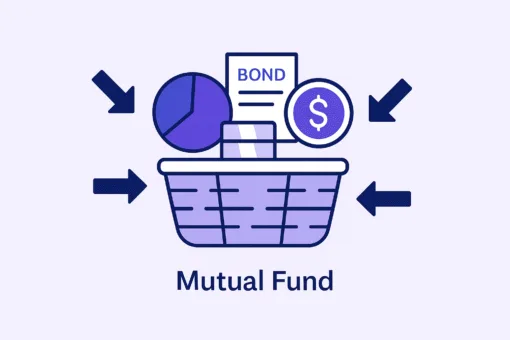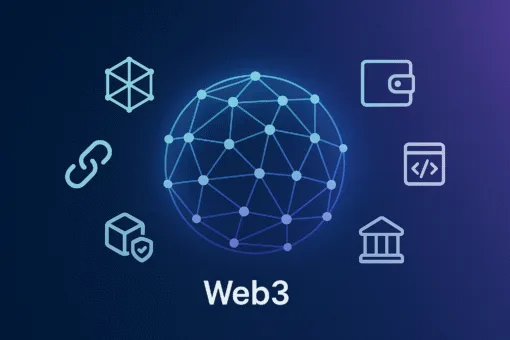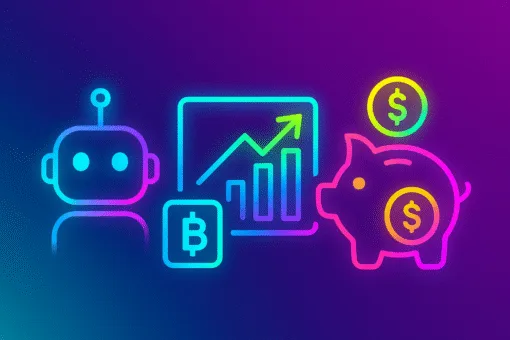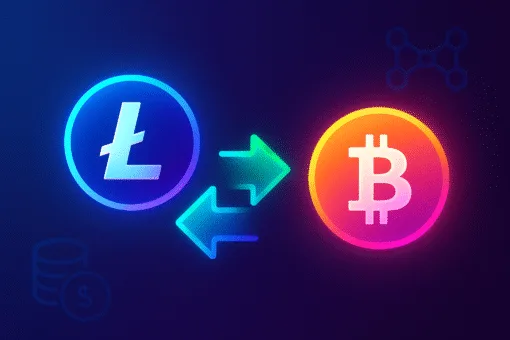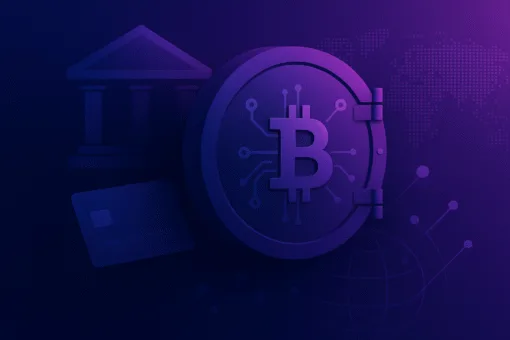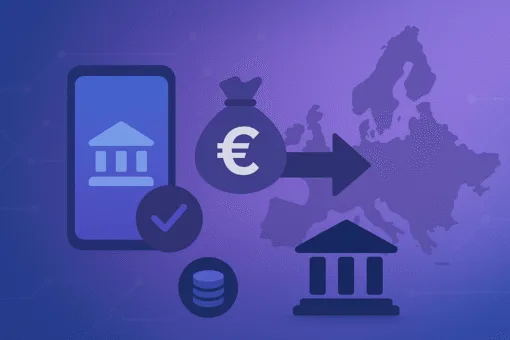Cryptocurrencies are no longer just about Bitcoin. Since the launch of Bitcoin in 2009, thousands of other digital assets have been created. Collectively, these are known as altcoins. Understanding what altcoins are, how they work, and why they matter is essential for anyone interested in blockchain technology or digital investing. In this article, Fintech Review explores the definition of altcoins, their history, categories, benefits, risks, and their place in the broader financial ecosystem.
What do we mean by Altcoins?
The term stands for “alternative coins” and originally referred to any cryptocurrency other than Bitcoin. Today, altcoins cover a vast universe of projects that range from payment tokens to decentralised finance platforms and stablecoins.
Altcoins are all cryptocurrencies that are not Bitcoin. The term captures a wide variety of digital assets, including:
- Ethereum and other smart contract platforms.
- Stablecoins such as Tether (USDT) or USD Coin (USDC).
- Utility tokens that give access to services or products.
- Governance tokens that allow voting in decentralised protocols.
- Meme coins like Dogecoin or Shiba Inu.
While Bitcoin was the first cryptocurrency and remains the largest by market capitalisation, altcoins have become the arena for innovation. They test new features, use cases, and governance models that Bitcoin does not provide.
A Brief History of Altcoins
2011
Litecoin launched as the first major altcoin, offering faster transaction times.
2013–2014
Ripple (XRP) and Ethereum emerged, introducing cross-border payments and programmable smart contracts.
2017
The initial coin offering (ICO) boom saw hundreds of new tokens launched, though many failed.
2020 onwards
The rise of decentralised finance (DeFi), non-fungible tokens (NFTs), and stablecoins expanded the altcoin landscape dramatically.
Why Altcoins Exist
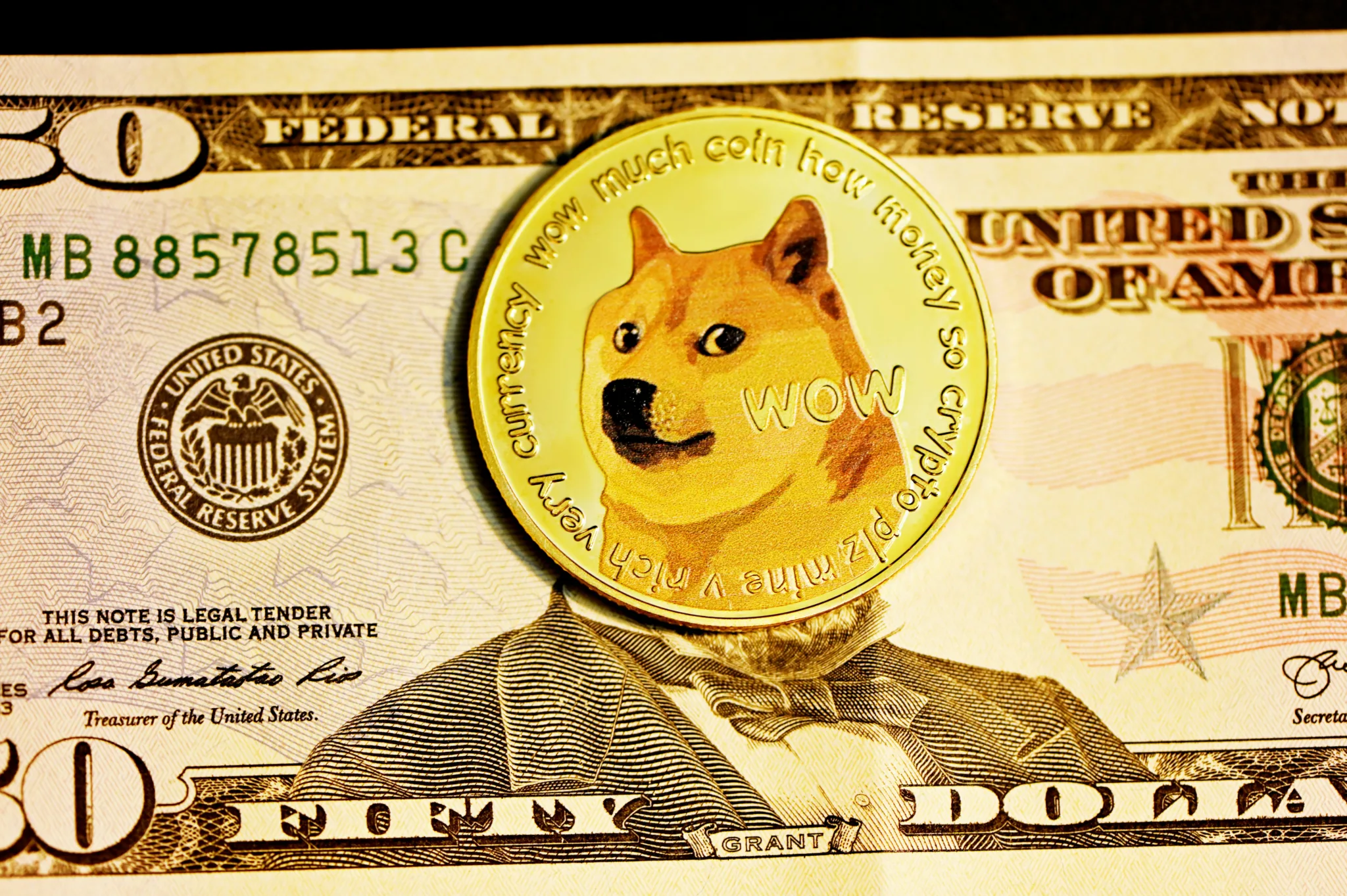
Altcoins exist because developers and communities want to explore possibilities beyond Bitcoin. Key motivations include:
- Innovation: New features such as smart contracts, staking, or privacy.
- Specialisation: Focus on specific use cases like gaming, supply chains, or decentralised finance.
- Efficiency: Faster transactions, lower fees, or improved scalability.
- Governance: Community-driven decision-making through tokens.
- Profit: Opportunities for investment and speculation.
Altcoins serve as experimental laboratories that push blockchain technology forward.
Benefits of Altcoins
Altcoins bring several potential advantages to the crypto ecosystem and its users.
- Diversity of Use Cases: From payments to lending, gaming to identity verification, altcoins expand what blockchains can do.
- Lower Transaction Costs: Many altcoins provide cheaper and faster transactions than Bitcoin.
- Opportunities for Investors: Early adopters of successful altcoins can benefit from significant returns. Ethereum is a prime example, rising from a few dollars to thousands.
- Innovation: Features like proof-of-stake, decentralised autonomous organisations (DAOs), and NFTs were pioneered by altcoins.
- Complement to Bitcoin: Rather than competing directly, altcoins often complement Bitcoin by offering services Bitcoin was not designed for.
Risks of Altcoins

Altcoins also carry risks that investors and users must carefully consider.
- Volatility: Altcoins can experience extreme price swings, far more than Bitcoin.
- High Failure Rate: Many altcoins fail due to poor execution, lack of adoption, or fraud.
- Regulatory Uncertainty: Governments are still deciding how to regulate tokens, especially those resembling securities.
- Liquidity Risk: Some altcoins are thinly traded, making it hard to buy or sell without affecting price.
- Security Concerns: Smart contracts may contain bugs or be exploited.
- Speculation and Hype: Meme coins and ICO booms show how speculation can create bubbles with little underlying value.
Altcoins in the Market
As of 2025, thousands of altcoins exist, but only a handful have significant market capitalisation. Ethereum remains the largest altcoin and the backbone of DeFi and NFTs. Stablecoins dominate trading volumes. Other ecosystems like Solana, Avalanche, and Cardano attract developers and users.
The top 20 altcoins by market cap often shift, reflecting the sector’s fast-changing nature. Institutional investors are increasingly paying attention, though Bitcoin and Ethereum still dominate.
Types of Altcoins
The main categories of cryptocurrencies beyond Bitcoin
Payment Coins
Designed for fast, low-cost transactions. Examples include Litecoin and Dash.
Smart Contract Platforms
Blockchains that host decentralised applications. Examples: Ethereum, Solana, Cardano.
Stablecoins
Pegged to fiat or assets to reduce volatility. Examples: USDT, USDC, DAI.
Utility Tokens
Give users access to products or services. Example: Binance Coin (BNB).
Governance Tokens
Enable voting on protocol decisions. Examples: UNI, AAVE.
Meme Coins
Community-driven tokens inspired by internet culture. Examples: Dogecoin, Shiba Inu.
Security Tokens
Represent ownership of real-world assets like equity, property, or bonds.
Altcoins in Crypto and Financial Services
Alternative coins are everywhere in the crypto world and broader financial services, from DeFi to embedded finance, including NFTs.
Altcoins and DeFi
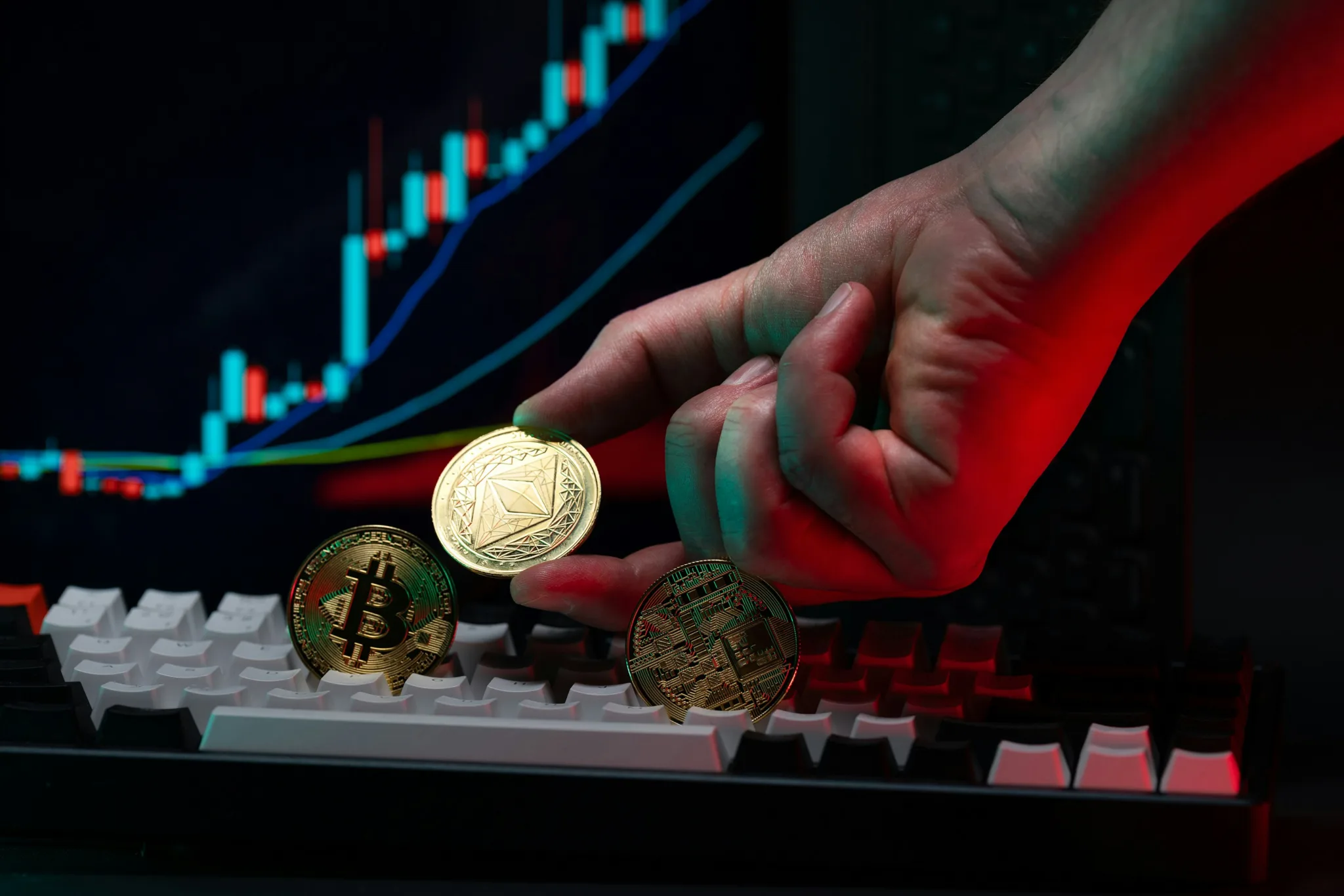
Decentralised finance is one of the biggest drivers of altcoin adoption. Platforms like Uniswap, Aave, and Compound rely on their own tokens for governance and liquidity incentives.
Altcoins also underpin yield farming, staking, and lending, creating new forms of passive income. However, the risks of smart contract hacks and market crashes remain high.
Altcoins and NFTs
NFTs are another area powered by altcoins. Most NFTs are minted and traded on Ethereum, but other chains such as Flow and Polygon also support them. NFT platforms often issue their own tokens to reward users and enable governance.
Altcoins and Stablecoins
Stablecoins are critical to the functioning of crypto markets. They act as digital dollars, providing liquidity and stability. While technically altcoins, they serve a different role by reducing volatility and bridging traditional finance with crypto.
Altcoins in Embedded Finance
Altcoins are increasingly relevant in embedded finance. Platforms can integrate stablecoins for payments, governance tokens for community decision-making, or DeFi tokens for lending. By embedding altcoin-based services, companies extend financial tools directly into digital products.
How to Evaluate Altcoins
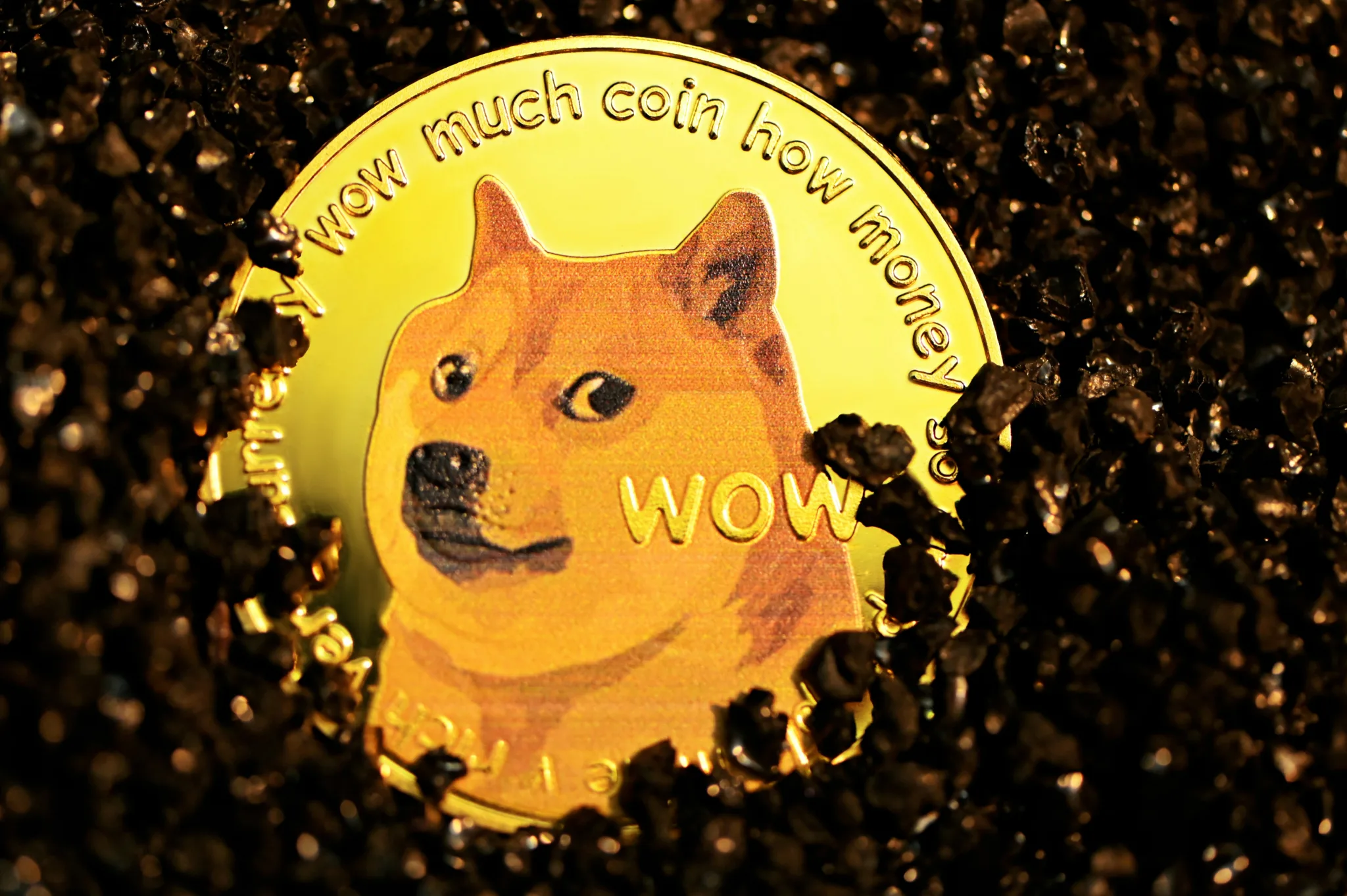
Before investing or using an altcoin, consider these factors:
- Technology: Does the blockchain solve a real problem?
- Team and Community: Who is behind the project, and how strong is the user base?
- Adoption: Are people actually using the token or platform?
- Tokenomics: How is the token issued, and what gives it value?
- Security: Has the code been audited, and how decentralised is the network?
- Regulation: Is the token compliant with existing laws?
Future of Altcoins
The future of altcoins will depend on adoption, regulation, and innovation. Likely trends include:
- Consolidation, with weaker projects fading away.
- Stronger regulatory frameworks giving clarity.
- Growth of stablecoins and tokenised real-world assets.
- Integration with traditional finance.
- Continued experimentation in DeFi, DAOs, and gaming.
Altcoins will remain a laboratory for blockchain ideas, with a few emerging as long-term winners.
Conclusion
Altcoins are more than just alternatives to Bitcoin. They represent the diversity, creativity, and experimentation of the cryptocurrency ecosystem. From Ethereum’s smart contracts to stablecoins powering digital payments, altcoins are central to the evolution of digital finance.
They bring opportunities as well as risks. While some altcoins have transformed the landscape, many have failed. Understanding what altcoins are, how they differ, and how they are used is key to navigating the complex world of cryptocurrencies.
For investors, businesses, and policymakers, altcoins will continue to challenge assumptions, drive innovation, and embed finance into new areas of digital life.
